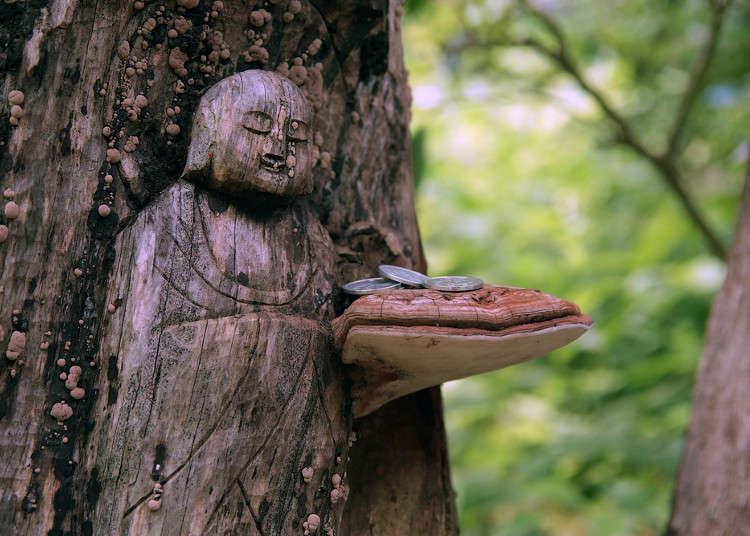
Buddhism has been an integral part of Japanese life for centuries, influencing traditions, temples, and daily rituals. From its origins with Siddhartha Gautama to its role in modern Japan, let’s explore the fascinating history and roots of Buddhism in Japan.
When did Buddhism come to Japan?
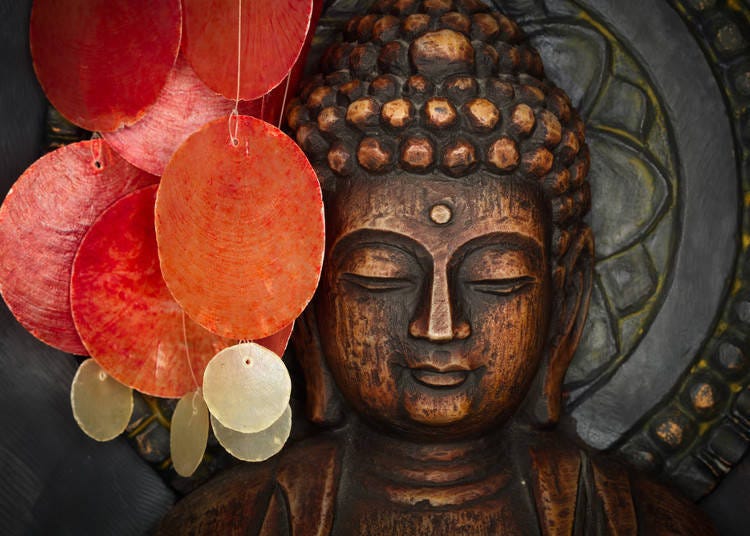
Buddhism itself was founded between the 4th and the 6th century BCE by Siddhartha Gautama, or Gautama Buddha. These teachings reached Japan around the 6th century CE. By that time, Japan already had its own set of customs and beliefs: Shinto. Buddhism had a rocky start in Japan and a lot of trouble establishing itself, but when Empress Suiko ascended the throne in 592 after having taken the vows of a Buddhist nun, things started to change.
Establishing Buddhism: Prince Shotoku
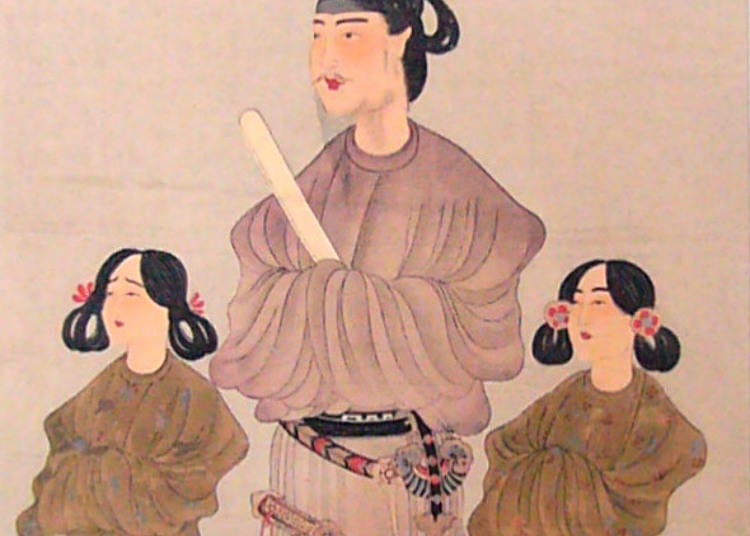
She was followed by another very important figure in the history of Japanese Buddhism: Prince Shotoku. During his rule, he commissioned numerous Buddhist temples all across the country, the most famous being Shitenno-ji in Osaka and Horyu-ji in Nara Prefecture. Apart from his powerful influence on accepting, practicing, and spreading Buddhism, various myths and legends about him garnered additional followers among commoners. He is said to have met Daruma, the founder of Zen Buddhism, and other legends said he was an incarnation of Kannon, the Bodhisattva of mercy and compassion.
Syncretism: Shinto and Buddhism Growing Together

As new schools of Buddhism emerged from the 8th and 9th century onwards, the religion started to shift from scholastic texts to more practical beliefs, and the bonds between Japanese Buddhism and Japan’s native religion, Shinto, started to grow. Over centuries, the two religions grew closer and found common philosophical ground, and both became a part of people’s daily lives. Buddhist monks started building temples next to Shinto shrines, creating places of worship called ‘jingu-ji,’ or shrine-temples. The ‘chozuya,’ a Shinto water ablution pavilion used by worshipers to purify themselves before entering the main sacred precinct, started to appear in Buddhist temples, while the ‘komainu,’ lion-dogs that are Buddhist guardians, started to be employed at Shinto shrines as well.
Abolishing Buddhism in Japan
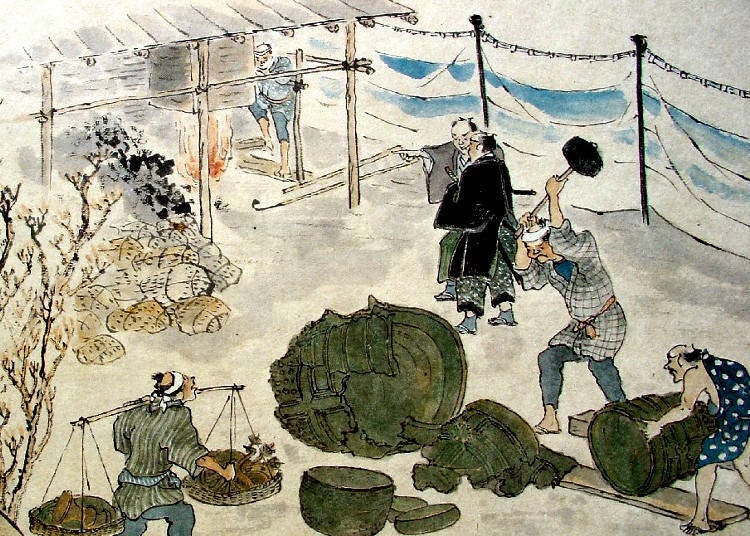
Japanese Buddhism faced its true crisis with the downfall of the Shogunate that had been in place ever since 1603, when revolutionary forces reinstalled the Emperor as Japan’s ruler during the Meiji Restoration of 1868. The nationalist government began to enforce a policy of separation, naming Shinto the state religion, as it was the “true” native Japanese belief, and Buddhism a “foreign” belief that had come from abroad. In the wake of these radical changes, the Meiji Government decreed the “Kami and Buddhas Separation Order.” This law meant that Shinto and Buddhism were supposed to be strictly separated from each other, in theory as well as in practical terms, affecting mainly shrine-temples that were used for both Shinto and Buddhist purposes. This order resulted in a forceful movement against Buddhism called ‘haibutsu kishaku,’ or the abolishment of Buddhism.
Japanese Buddhism Today
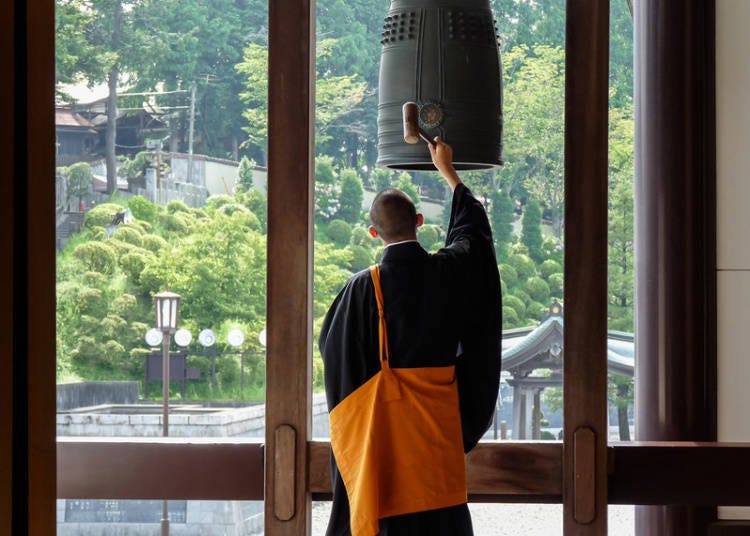
A good majority of the younger Japanese population would not consider themselves as particularly religious, though several special occasions and many day-to-day activities have clear roots in both Buddhism and Shinto. Current Buddhism is often tied to death and funerals, while Shinto is tied to occasions such as marriage and celebrations.
Some homes in Japan often have a small Buddhist altar called a ‘butsudan’ or a Shinto shrine called a ‘kamidana,’ which are there to protect the family and the home, and at times serve as a memorial altar for deceased family members.
*Prices and options mentioned are subject to change.
*Unless stated otherwise, all prices include tax.
Popular Tours & Activitiess
Recommended places for you
-

ISHIDAYA Hanare
Yakiniku
Kobe, Sannomiya, Kitano
-
Appealing

Rukku and Uohei
Izakaya
Sapporo / Chitose
-

Jukuseiniku-to Namamottsuarera Nikubaru Italian Nikutaria Sannomiya
Izakaya
Kobe, Sannomiya, Kitano
-

Kambei Sannomiyahonten
Yakiniku
Kobe, Sannomiya, Kitano
-

Kanzenkoshitsuyakinikutabehodai Gyugyu Paradise Sannomiya
Yakiniku
Kobe, Sannomiya, Kitano
-
Goods

Yoshida Gennojo-Roho Kyoto Buddhist Altars
Gift Shops
Nijo Castle, Kyoto Imperial Palace
-

A Travel Game Changer! Go Hands-Free Between Tokyo and Kyoto with LUGGAGE EXPRESS by JTB and JR Tokai
by: Guest Contributor
-

2025 Japan Autumn Color Report: Tokyo's Ginkgo Trees Starting to Glow
by: Timothy Sullivan
-

2025 Autumn Colors Report: Kurobe Gorge Nearing Peak
by: Timothy Sullivan
-

See Asakusa and Tokyo Skytree® in a New Light at the "Také Akari" Festival (Winter 2025-2026)
by: Guest Contributor
-

LaLaport TOKYO-BAY North Building Now Open: Shop, Dine & Enjoy Events at LaLa arena, Just 2 Stops from Disney
by: Wemmy Chau
-

Don't Miss Out! The One Thing You Must Do Before Shopping at Mitsui Shopping Park LaLaport: Get Your Max 10% OFF Coupon Book
-

Kamaishi Japan: Kamaishi Unosumai Recovery Stadium and Sightseeing Spots in Japan’s Rugby Town
-

Que Bom: All-You-Can-Eat Churrasco & Brazilian Food! Brazilian Restaurant in Asakusa
-

Togatta Onsen Guide: Best 6 Places to Indulge Yourself in Miyagi Prefecture's Magical Hot Springs Resort Village
-

The Legend Behind Sapporo Beer - Exploring the Tastes and History of Japan’s Pioneering Beer
-

The Complete Guide to the Kintetsu Rail Pass
by: James Davies
-

Top 10 Foods You Can Buy in an Osaka Supermarket: Take Home Dishes Loved by Locals as a Souvenir!
- #best sushi japan
- #what to do in odaiba
- #what to bring to japan
- #new years in tokyo
- #best ramen japan
- #what to buy in ameyoko
- #japanese nail trends
- #things to do japan
- #onsen tattoo friendly tokyo
- #daiso
- #best coffee japan
- #best japanese soft drinks
- #best yakiniku japan
- #japanese fashion culture
- #japanese convenience store snacks












